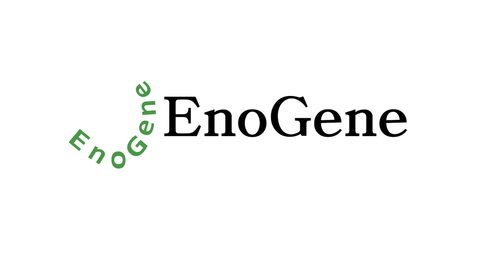Product Description
Human Immunodeficiency Virus (HIV) can be divided into two major types, HIV type 1 (HIV-1) and HIV type 2 (HIV-2). HIV-1 is related to viruses found in chimpanzees and gorillas living in western Africa. HIV-2 is related to viruses found in sooty mangabeys. HIV-1 viruses may be further divided into groups. The HIV-1 group M viruses predominate and are responsible for the AIDS pandemic. Some of the HIV-1 group M subtypes are known to be more virulent or are resistant to different medications. Envelope glycoprotein GP120 (or gp120) is the name of the glycoprotein which forms the spikes sticking out of a HIV virus particle. Gp120 is essential for virus entry into cells as it plays a vital role in seeking out specific cell surface receptors for entry. Three gp120s, bound as heterodimers to a transmembrane glycoprotein, gp41, are thought to combine in a trimer to form the envelope spike, which is involved in virus-cell attachment. One half of the molecular weight of gp120 is due to the carbohydrate side chains (the "glyco-" in "glycoprotein"). These are sugar residues which form something almost like a sugar "dome" over the gp120 spikes. This dome prevents gp120 from being recognized by the human immune response. As the HIV virus and the human CD4 cell come together, the gp120 binding site "snaps open" at the last minute. The glycoprotein gp120 is anchored to the viral membrane, or envelope, via non-covalent bonds with the transmembrane glycoprotein, gp41. It is involved in entry into cells by binding to CD4 receptors, particularly helper T-cells. Binding to CD4 is mainly electrostatic although there are van der Waals interactions and hydrogen bonds.
Biovision | P1003 | Human CellExp HIV-1 CN54 GP120 DataSheet
Biomolecule/Target: HIV-1 GP120
Synonyms: n/a
Alternates names: Cystatin-3, Gamma-trace neuroendocrine basic polypeptide, Post-gamma-globulin
Taglines: Gp120 is essential for virus entry into cells as it plays a vital role in seeking out specific cell surface receptors for entry.
NCBI Gene ID #: 1472
NCBI Gene Symbol: CST4
Gene Source: Human
Accession #: P01036
Recombinant: Yes
Source: Human 293 cells
Purity by SDS-PAGEs: 95%
Assay: SDS-PAGE
Purity: N/A
Assay #2: N/A
Endotoxin Level: <0.01 EU/g
Activity (Specifications/test method): N/A
Biological activity: The inhibitory function of Cystatin C on papins protease activity was measured by a colorimetric assay using L-BAPA as substrate. IC50 value was measured at 5 to 20 µg/mL (0.3 to 1.5 µM) with a range of 1.56 µg/mL to 50 µg/mL Cystatin C in presence of 0.55 µM papain and 0.44 µM L-BAPA.
Results: Typically 0.3 to 1.5 µM IC50.
Binding Capacity: N/A
Unit Definition: N/A
Molecular Weight: 12-13 kDa
Concentration: N/A
Appearance: Dry powder
Physical form description: Lyophilized powder
Reconstitution Instructions: Reconstitute in sterile PBS.
Amino acid sequence: N/A
 Euro
Euro
 USD
USD
 British Pound
British Pound
 NULL
NULL












